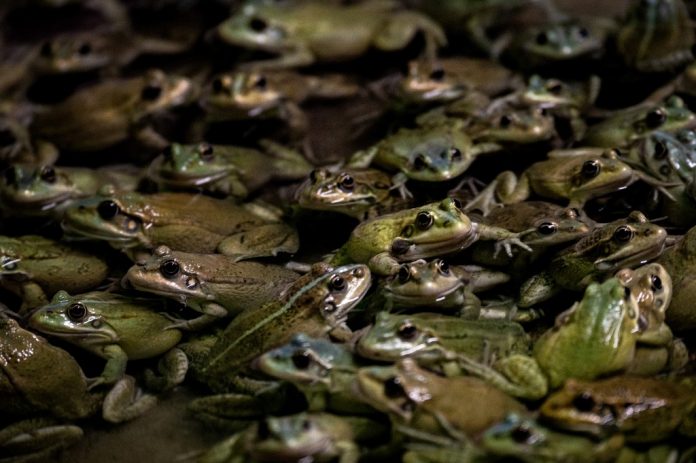
Every year, the French consume some 4,000 tonnes of frogs’ legs. But nearly all the amphibian limbs that land on French plates come from abroad, since wild harvesting of the protected creatures is all but banned and their cultivation strictly controlled.
One of France’s handful of frog farmers, Patrice Francois, provides cuisses de grenouille to the kitchens of Michelin-starred restaurants and neighbourhood bistros alike.
Yet the 100,000 animals being raised at his greenhouses in Pierrelatte in southeast France hardly make a dent in demand for a delicacy that helped earn the French the nickname ‘frogs’, in the English-speaking world.
“Raising frogs is hard!” Francois told AFP amid a deafening chorus of croaks coming from dozens of ponds teeming with marsh frogs, his farm’s speciality.
“It is starting to work out, but I am not yet making a living from it,” said the 56-year-old, who started France’s first frog farm ten years ago.
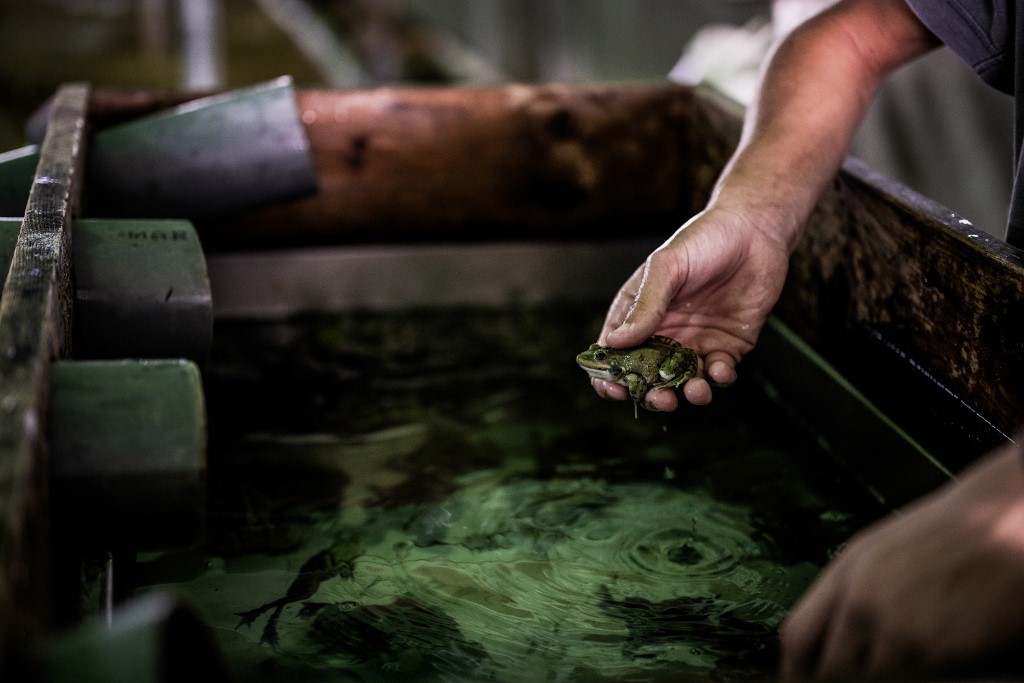
To make ends meet, he also runs a fishmonger’s in Roanne, around 230 kilometres north.
One of France’s handful of frog farmers, Patrice Francois, provides cuisses de grenouille to the kitchens of Michelin-starred restaurants and neighbourhood bistros alike.
Yet the 100,000 animals being raised at his greenhouses in Pierrelatte in southeast France hardly make a dent in demand for a delicacy that helped earn the French the nickname ‘frogs’, in the English-speaking world.
“Raising frogs is hard!” Francois told AFP amid a deafening chorus of croaks coming from dozens of ponds teeming with marsh frogs, his farm’s speciality.
“It is starting to work out, but I am not yet making a living from it,” said the 56-year-old, who started France’s first frog farm ten years ago.
To make ends meet, he also runs a fishmonger’s in Roanne, around 230 kilometres north.
Frogs are also eaten in other European countries such as Belgium, in the southern United States, and in parts of Asia.
Global consumption, according to a 2010 study, was 800 million to 3.2 billion frogs, with the US and European Union the largest importers, and Indonesia and China the main exporters.
Conservationists warn that many frog species are at risk of extinction, driven in large part by human appetites.
In key exporter Turkey, harvested species may be extinct by 2032, according to a study published this year by Cambridge University Press.
Among Francois’s top clients is the storied two-Michelin-star restaurant Bocuse, near Lyon in eastern France, which boasts frogs’ legs on its autumn menu.
Chef Gilles Reinhardt said the restaurant long had no choice but to rely on imports.
“But nothing beats these ultra-fresh French frogs. The clients love them!” he told AFP.
“The meat is much more delicate, the frogs fleshier and firmer… while still tender,” he said.
The restaurant gets 400 legs – or 200 pairs – twice weekly from Patrice Francois.
“We are selling them all, despite the context of Covid and the dearth of foreign clients,” Reinhardt said.
Source: The local

















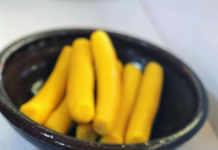






















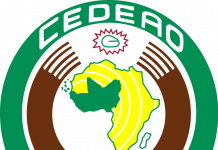
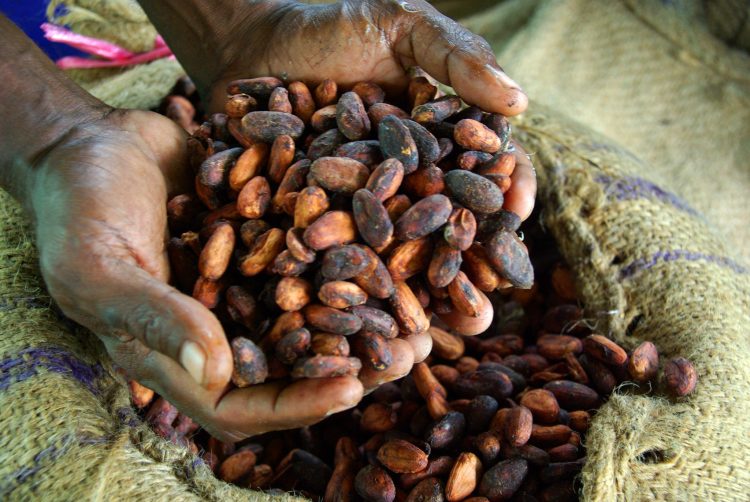












![[FREE FREE MONEY] Predict and Win a Guaranteed GH¢200 From Us EVERY WEEK](https://wordpress.ghanatalksradio.com/wp-content/uploads/2022/02/Predict-and-Win-Final-09-03-2021-218x150.jpg)
![[Predict & Win – 8th/Oct.] WIN A Guaranteed ¢200 From Us This Week](https://wordpress.ghanatalksradio.com/wp-content/uploads/2021/10/maxresdefault-16-218x150.jpg)
![[Predict & Win – 2nd] WIN A Guaranteed ¢200 From Us This Week](https://wordpress.ghanatalksradio.com/wp-content/uploads/2021/09/maxresdefault-50-218x150.jpg)
![[Predict & Win – 25th] WIN A Guaranteed ¢200 From Us This Week](https://wordpress.ghanatalksradio.com/wp-content/uploads/2021/09/maxresdefault-36-218x150.jpg)
![[Predict & Win – 18th] WIN A Guaranteed ¢200 From Us This Week](https://wordpress.ghanatalksradio.com/wp-content/uploads/2021/09/maxresdefault-23-218x150.jpg)








![[National cathedral] See full list of churches that have contributed since 2018](https://wordpress.ghanatalksradio.com/wp-content/uploads/2020/09/Ghana-National-Cathedral-GhanaTalksRadio-100x70.jpg)


![[Photos] British PM Johnson takes responsibility but won’t quit over lockdown parties](https://wordpress.ghanatalksradio.com/wp-content/uploads/2022/05/Boris-Johnson-100x70.jpg)
